Think of your skincare routine as a journey. A point where every product is a stop on the way to your final destination: happy, healthy, beautiful skin. Already picked your favorite spots? Great — but the itinerary is just as important: What comes first, eye cream or serum? And why is sunscreen always the last stop?
On your travels, following a step-by-step guide can reveal the fastest route to desired results — helps you save time and get the most out of every product.
Fortunately, you have found your map. Get expert advice on building your daily skincare routine and discover how applying products in the right order can make all the difference.
The three golden rules
1. Adjust your routine according to your skin type
If you’re looking for results, get personal — every skin type is unique and requires special care.
By using the right products for your skin type, you’ll accentuate its best features (and better shield its vulnerabilities). Dry, normal, sensitive or combination skin? Discover your personalized routine with our quick quiz.
2. Get a strategy for morning vs. night
Certain products are better suited to your daily routine and vice versa, to work in synergy with your lifestyle and your body’s natural rhythm. During the day, protect your skin from external factors such as pollution, UV rays and environmental stress. At night, turn your focus to renewal and repair.
3. The order affects the result
Generally, start with products that are lighter or runnier in consistency. Then you can move on to the thicker or creamier treatments. If you do it the other way around, thicker creams can prevent lighter products from penetrating the skin (and doing their job as well as they should).
Your morning skincare routine: step by step
Now is the time for products that protect and prepare your skin for its daily adventures. Focus on fighting skin stressors like UV rays, pollution and harsh weather with antioxidants, moisturizers and sunscreens.
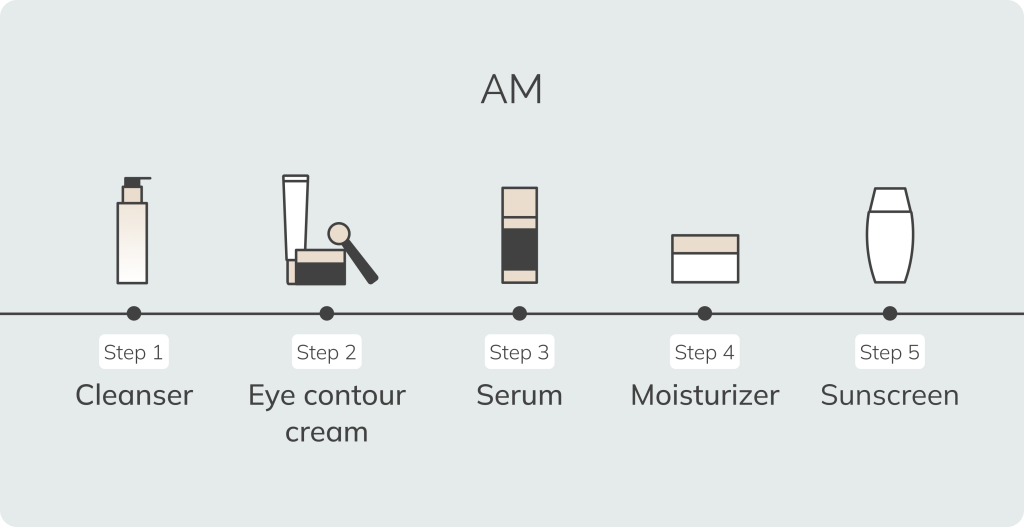
1. Cleaner
Think of your skin as a blank canvas, ready to paint. Cleanser is the first step because it allows the rest of the products you apply to work as expected. It also helps remove dirt, excess oil, residue and any product residue from the night before.
2. Eye cream
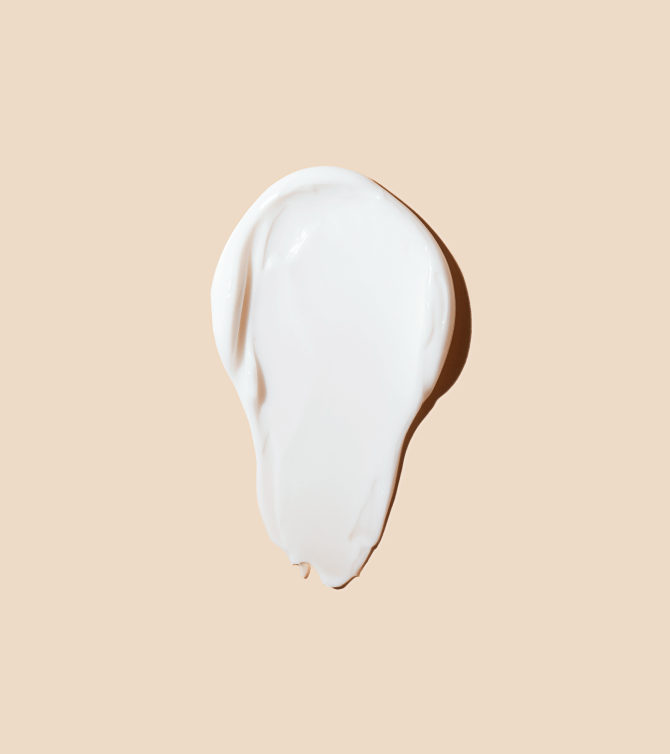
We mentioned that lighter textures come first — but the eye contour cream is an exception. Although thicker than a serum, it should be applied first.
The skin around the eyes is thinner than the rest of the face, it requires special attention. By applying the eye contour cream as step number two, you help its ingredients get right into action. Plus, you’ll help protect this sensitive area from more intense products that may come in later.
3. Serum
The serum is best applied to clean, dry skin. How come? It has a high concentration of hard ingredients, so Applying it directly to your blank canvas helps maximize the benefits.
These targeted formulas can be excellent allies in the fight against free radicals, as well as in the treatment of specific problems such as wrinkles, dehydration or lack of brightness.
4. Moisturizing cream
This must-have not only helps seal in all the previous steps, but also works to keep you skin barrier healthy, providing hydration and support.
Using your favorite moisturizer after applying eye cream and serum provides a boost of hydration to keep skin comfortable throughout the day. This step is crucial to maintaining the optimal level of moisture in your skin — which is more difficult for some than others.
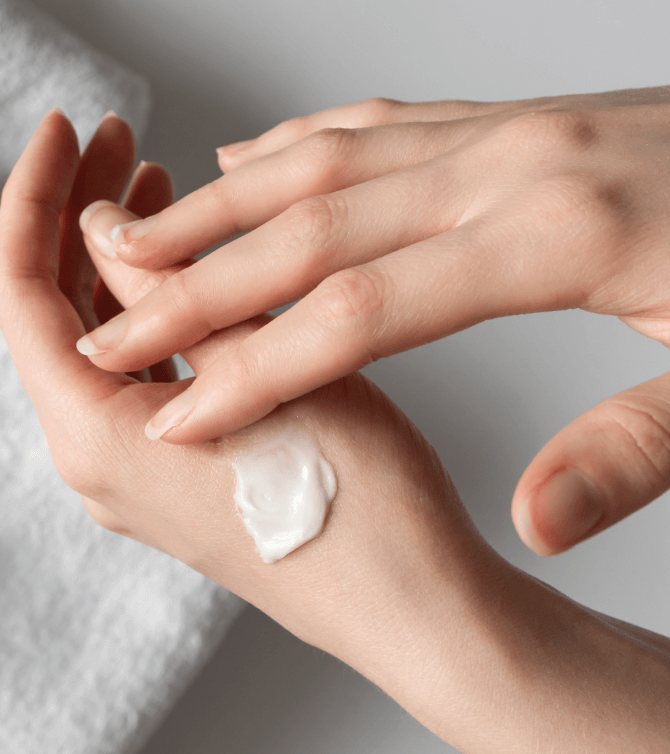
This must-have not only helps seal in all the previous steps but also works to keep you going skin barrier healthy, providing hydration and support.
Using your favorite moisturizer after applying eye cream and serum provides a boost of hydration to keep skin comfortable throughout the day. This step is crucial to maintaining the optimal level of moisture in your skin — which is more difficult for some than others.
5. Sunscreen
Giving it the last spot (or the next if you’re wearing makeup) helps the sunscreen stay on the skin’s surface, maximizing effectiveness and helping to avoid any interference with other products.
The best part; Not only can sunscreen protect you from the sun’s harmful UV rays, but some blends can also include additional benefits. Look for a high-SPF, broad-spectrum sunscreen formula with skin care ingredients that go beyond protection.
Your nighttime routine: step by step
Now is the time to use products that support your skin’s natural repair and renewal process, such as retinal, glycolic acid and peptides. Your skin goes into recovery mode while you sleep, so give it what it needs to maximize that recovery time.
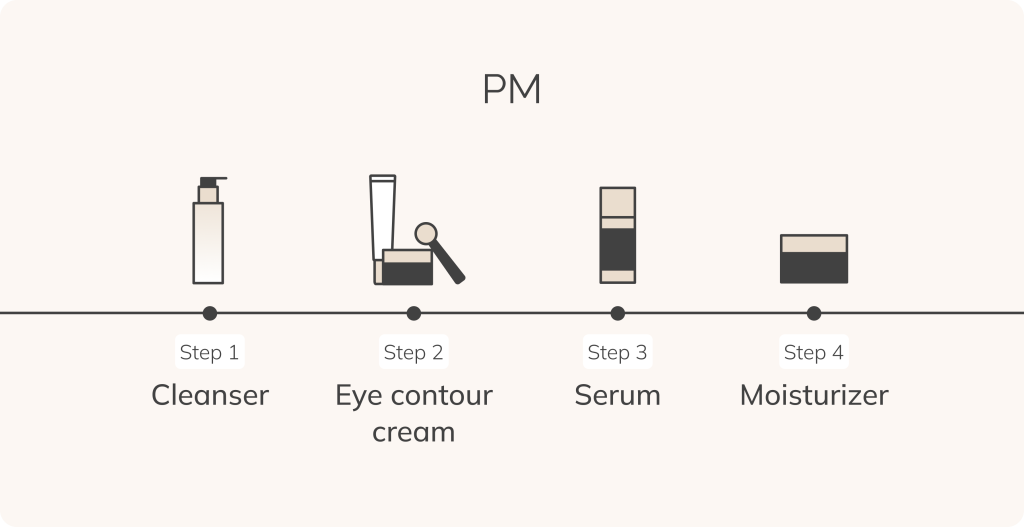
1. Cleaner
Both morning and night, cleansing brings multiple benefits to your skin. But your nightly routine adds just one more: before you go to bed, cleansing helps remove impurities that accumulate on the face during the daysuch as makeup, pollution or sweat.

2. Eye contour
Your skin has had a busy day. And at night, it could use a little extra pampering — especially the delicate eye area. Look for a night eye cream that helps detoxify and activate your skin’s antioxidant defenses, so you wake up with a refreshed look.
3. Serum
At night, choose formulas that promote skin renewal and repair, such as those containing retinal. This ingredient works while you sleep to repair, rejuvenate, and fight the signs of aging skin (if you’re into that kind of thing).
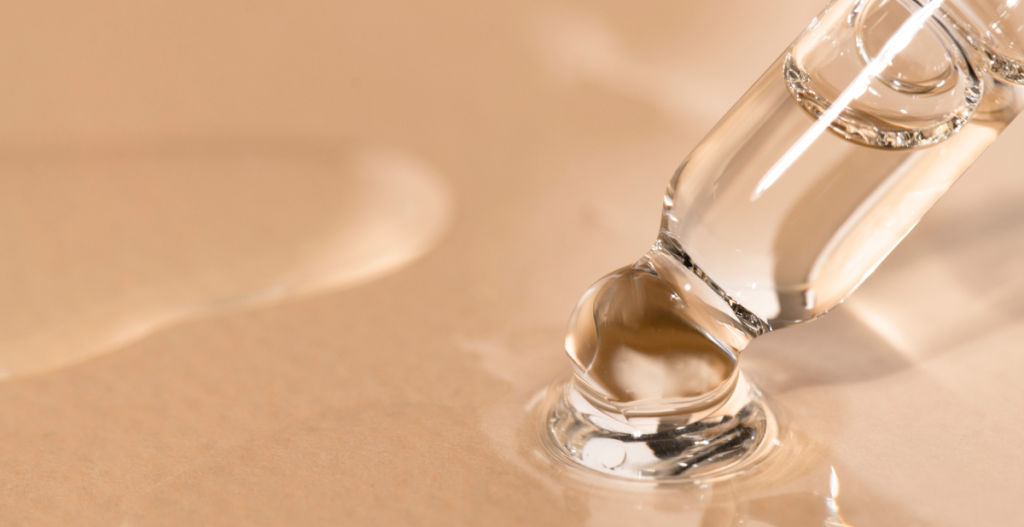
4. Moisturizing cream
Give your skin an extra dose of recovery with a rich, nourishing cream. Choose one that complements the benefits of your serum, whether that’s optimizing hydration or promoting skin regeneration. Whatever your skin’s goal, finish off your nighttime skincare routine with a moisturizer that can lock in hydration and help repair the day’s damage.
Personalize your skincare journey
Now that you’ve worked out the general route, it’s time to make it your own. Ready to discover the best cleanser for your skin type? Or do you understand how moisturizers work? What follows, consider this your guide:
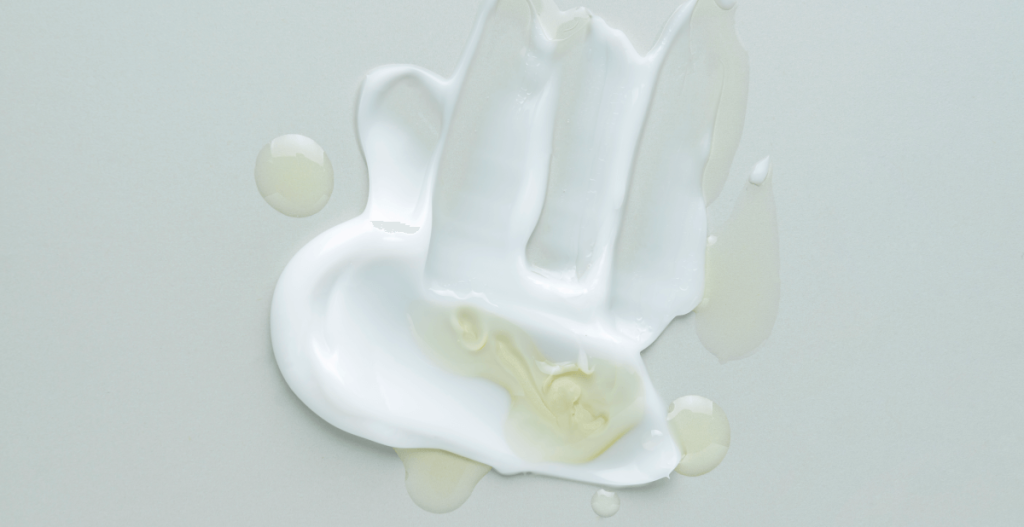
Your questions, answered
Can I wear makeup over the sunscreen?
By all means! Once your sunscreen is fully absorbed into your skin, apply makeup liberally as usual. And if you want to keep things simple, you can always opt for a tinted sunscreen.
Where does an exfoliator fit into my skincare routine?
This depends on the purpose and format. Generally, a leave-in chemical exfoliator can go right after cleansing. You’ll usually want to use them at night, although you could opt for the morning, depending on your exfoliating formula, skin type, and goals.
I think I’m doing my skincare routine right, but I’m not seeing any improvement. How come?
Your skin has its good days and its bad days – and can react differently to the same products or routines from one day to the next.
That said, it could be that one of your products doesn’t feel right on your skin**.** Or one of your formulas doesn’t go well with another. Do not hesitate to consult your dermatologist with any questions, especially if you experience prolonged discomfort.
Plus, as with any good habit, patience is key. Try to give it at least four to six weeks before reevaluating your current routine. Sometimes results may take time.
It has nothing to do with the destination
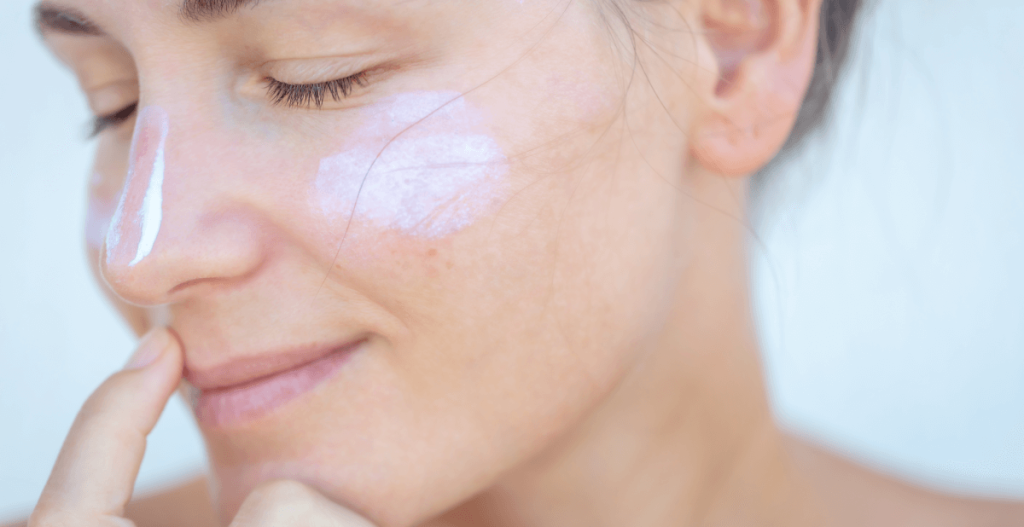
Your skincare routine is a lifelong journey — changing directions from time to time, rerouting for evolving needs. Our advice? Stick with it, enjoy the ride and love your skin every day. Because happy skin is healthy skin and healthy skin is beautiful.

Amy is a content strategist who turned a part-time skincare obsession into a full-time passion. Her experience as a creative storyteller includes a range of lifestyle and technology topics in Washington DC and Barcelona. What’s in her travel bag? Eye contour cream and sunscreen, always.
